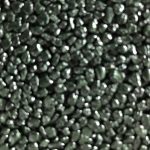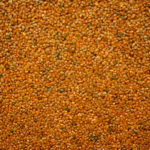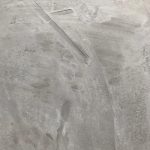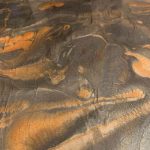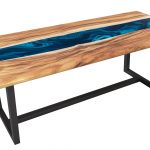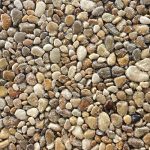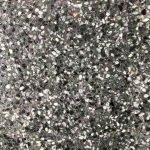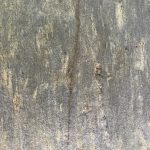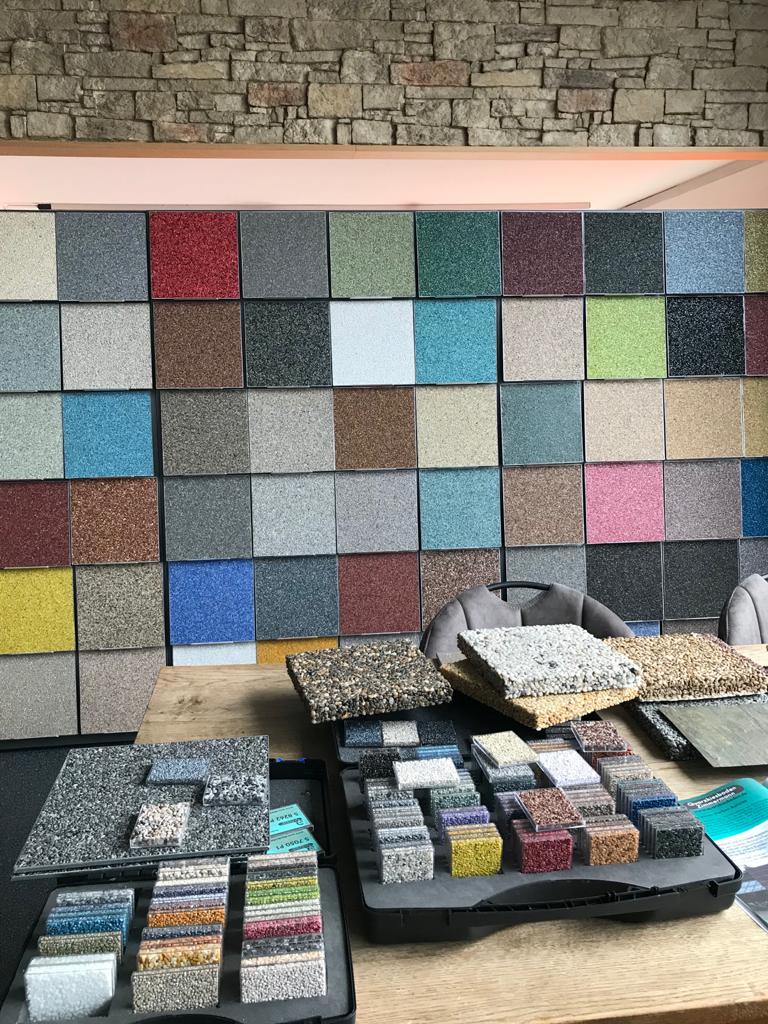Our Qubo® quartz gravel floors are naturally solvent-free. They are characterized by a pleasant walking comfort, which is created by the stone structure.
The textured surface also makes the floor anti-allergenic. This means that the fine house dust settles in the individual pores, is not trapped and can simply be vacuumed out. This floor is therefore predestined for house dust allergy sufferers, making it ideal for laying in bedrooms. Of course, it can also be wet mopped. A wet vacuum cleaner is suitable for basic cleaning.
The sealing with a pore seal ensures a hygienic surface. The quartz floor is also very warm underfoot. This effect is created by the insulating effect of the many small air chambers in the floor system.
Its high slip resistance is particularly beneficial for our four-legged friends. The animals feel particularly comfortable on the Qubo®. Quartz gravel floors are suitable for practically all rooms.
Due to its sound-absorbing effect, Qubo® is the preferred choice for seminar and conference rooms, cinemas, exhibitions, museums, daycare centers, schools, youth and community centers. Contact sound is attenuated by 4db with quartz gravel flooring. A sound-absorbing layer can be incorporated to increase the sound absorption to 10db.

